The India Cable: India's Oxygen Woes; and Why Big Media is Happy Breathing Modi's Gas
Plus: PM speaks much, says little, eyes betray teleprompter, India has 39% of world cases, EC observers want to club WB poll phases, Covid surge begins to cost, Domino’s credit card database pillaged
From the founding editors of The Wire—MK Venu, Siddharth Varadarajan and Sidharth Bhatia—and journalists-writers Seema Chishti, Sushant Singh and Tanweer Alam. Editor: Pratik Kanjilal
Snapshot of the day
April 21, 2021
Pratik Kanjilal
Ripley’s Believe It or Not, Indian style:
(Image circulating on WhatsApp; full text of resolution is here)
On a more realistic note, Health Ministry data showed 295,000 new cases and 2,023 deaths in the last 24 hours, among the world’s biggest daily totals of the pandemic. Tragedy struck Nashik in Maharashtra when 22 patients on ventilators died after a leaking tank at the civic hospital deprived them of oxygen for half an hour. Financial Times has a detailed report on the gravity of the crisis. India can again be called a “country of mass poverty” after 45 years, because of the mishandling of the pandemic. Pew Research Center, using World Bank data, estimates that the number of poor in India (with income of $2 per day or less in purchasing power parity terms) has more than doubled from 60 million to 134 million in just a year.
Campaigning in Murshidabad, West Bengal Chief Minister Mamata Banerjee accused Narendra Modi of “monumental incompetence” in dealing with the pandemic. She also wrote to him about the new vaccine policy, which allows direct purchase, reminding him that in February (when the self-congratulatory resolution above was passed), she had written to him seeking permission to purchase vaccines directly, and had received no response.
Union Health Minister Harsh Vardhan has claimed that India’s “fatality rate of 1.18% is one of the lowest in the world and is continuously dipping. The present indicators tell us about the significant control we still have on the emerging situation.” He can’t be unaware of the massive underreporting of fatalities from BJP run states like Gujarat, UP, Haryana and MP, which is being discussed extensively here and abroad. This chart, compiled by the FT from Indian news reports, is indicative:
(Chart: Financial Times)
And as for control over the disaster, the fact that more Indians seek help from the head of the Indian Youth Congress than the Union Health Minister is telling. Here’s how India compares with other badly-hit nations on infections and vaccination.
Kerala Chief Minister Pinarayi Vijayan has written to the Prime Minister calling for a genuine partnership between the Centre and states and more funds to enable free mass vaccination. Vijayan has requestedthe PM to reconsider the new policy on vaccine distribution so that availability is assured and no additional financial burden is incurred. In a radical move, the Maharashtra government has decided to import vaccines directly. Funds will be diverted from all departments, if necessary, to carry out an extensive inoculation drive like in the UK.
Admitting a petition filed by Paresh Dhanani, leader of the Opposition in the Gujarat Assembly, the Gujarat High Court has issued notices to state BJP president CR Patil and the Vijay Rupani government in connection with the procurement and distribution of Remdesivir, used in Covid-19 treatment, from the party’s Surat office. The state BJP’s free Remdesivir distribution drive of 5,000 vials started from its Surat office from April 10, when the drug was scarce in the market.
Many states have imposed curbs to control the pandemic, including Jharkhand, Telangana, Andhra Pradesh, Chandigarh and Puducherry. But Kerala has decided against a weekend lockdown while the state branch of the Indian Medical Association has told the High Court that the Gujarat government should impose a two-week lockdown. Gujarat’s newspapers are overwhelmed with obituaries.
(100+ obituaries over six pages in the Sandesh, Rajkot edition. Official death toll in three preceding days was 31)
As Delhi reels under a surge, private labs as well as testing facilities at government and private hospitals are struggling to keep up with the demand for RT-PCR testing, with patients facing a long wait to even book a test. Unable to get slots for home testing, hundreds begin queuing up in the morning at hospitals, waiting between an hour to three hours. At the All India Institute of Medical Sciences, a 60-year-old X-ray technician who works there had to queue up for two days to be allotted a test.
“People need oxygen now, why should you wait for April 22 to ban use of oxygen for industries?” the Delhi High Court asked the Modi government yesterday in a marathon hearing. The oxygen supply in Delhi’s hospitals threatened to run out last night, and the AAP government went public with it, causing panic among the families of patients. But as this Twitter user pointed out, “As we in Maharashtra found, our central government functions like customer support - they only respond if you shame them on Twitter. Calling is no use.” Read this on why oxygen is such an important indicator of the resilience of the health system and impossible to rustle up in a hurry.
The central government is firefighting the oxygen shortage, which should have been planned for since Covid-19 causes respiratory distress. On the contrary, India doubled exports of oxygen to nearly 9,300 metric tonnes in the first three quarters of FY20-21. Most of it went to Bangladesh. India can product 7,000 metric tonnes of oxygen a day but is now looking to import 50,000 mt.
Under pressure, the Modi government may have committed advances to two private vaccine manufacturers, but “it is only by July 2021 that we may have a better understanding of our evolving supply-chain [and] timelines of vaccine coverage,” warns Dr K Srinath Reddy. The Centre will not supply any vaccines to private hospitals from May 1, even for those seeking their second dose. Dr Reddy’s chief says that the SputnikV vaccine will be sold at its global rate of $10 per dose in India, or Rs 750, in a country where the bottom 20% of households on the economic ladder, as per Longitudinal Ageing Study released in January by the government, earn Rs 2,152 per month per capita. Serum Institute of India’s Covishield will be available to state governments at Rs 400 a dose and to private hospitals at Rs 600 a dose, while the Centre buys it at Rs 150 per dose.
For a requirement of 1.2 billion doses from May, India has a production capacity of 114 million per month. A senior WHO India official has said that of all the vaccination strategies possible, the Modi government has chosen “the worst one”, and that the vaccine strategy “underlines how the government, despite having time to plan ahead, did not ensure a sufficient stockpile of Covid-19 vaccines in advance to streamline the push.”
The US has advised its citizens to avoid travelling to India, even if they are fully vaccinated as there is a “very high level” of Covid-19 in the country. Al Jazeera has a grim photo feature on the situation in Delhi. Noted Bangla poet, critic and teacher Shankha Ghosh died today, a week after he tested positive for Covid-19.
The PM spoke to the nation last night, saying much but giving away little, and commending the nation to the care of the public, since the government is inept. The headlines which should have been in the papers this morning appeared on Twitter instead:
Admired for his perfect delivery, which is often mistaken for oratory, the Prime Minister stumbled at least three times during his speech. And moments of heightened emotion were marred by the bright reflection of the teleprompter in the lenses of his spectacles.
India contributes 39% of global coronavirus surge
The massive surge in India and the Indian variant of Covid-19, B1167, are becoming major discussion points amongst experts. The fact that India did not help much with sequencing its genome or studying it is being noted, and this will not help the global reputation of Indian science. West Bengal (which has had mass election rallies) is now reporting a new Indian variant, B1168.
India’s addition to the UK’s ‘red list’ of travel-banned countries may have come too late, the UK’s former chief scientific adviser fears. Prof Mark Walport said he believed the new variant is “more transmissible” and there are “good reasons” for keeping it out of the UK. Israel has registered eight cases of a coronavirus variant first identified in India and believes that the Pfizer/BioNTech vaccine is at least partially effective against it.
The Centre and BJP-ruled state governments may think that India’s under-reporting is helping the Modi government spin its way out of the crisis, but a lot of questions are being asked now. Last week, India added 1.6 million cases to the global tally. There are estimates now for what the real numbers might look like ― 29 times higher than the number of confirmed cases. That is evident from Bhopal, where about 1,000 bodies were disposed of under the Covid protocol in April, but the BJP state government says that less than 50 people died of Covid in that period.
Delhi HC lambasts Centre
On Tuesday, when oxygen supply became a life and death issue, the Delhi High Court was incensed to find that the Centre had deferred the decision to divert oxygen from industry to hospitals to Thursday. It issued directions to the Centre after Justice Palli pointed out that NDTV had reported that Sir Ganga Ram hospital only had a few hours of oxygen left. Doctors were forced to keep Covid-19 patients at an oxygen pressure of 82 in order to make it last longer.
The steel and petrochemical industries had been exempted from the ban on oxygen use, but the court called upon the central government to “seriously consider” issuing orders to the two sectors to cut down production. “Petroleum, steel would be the big guzzlers… Economic interest can’t override human lives. We have to understand this. Otherwise, we are heading for a much bigger disaster,” the court remarked.
High courts running at half strength
The Supreme Court yesterday expressed concern over the “crisis situation” in high courts which face 40-50% vacancies and said the Centre should appoint judges within 3-4 weeks if the collegium reiterates its recommendations unanimously. Establishing timelines, a bench headed by Chief Justice SA Bobde said the Centre should make appointments immediately after the apex court collegium recommends names, or return them with specific objections.
West Bengal observers say poll phases should be clubbed
Poll observers stationed in West Bengal by the Election Commission (EC) wrote to their bosses a week ago, saying that the last two phases of the ongoing Assembly elections, scheduled on April 26 and 29, could be clubbed as one phase if extra security forces are provided. The letter says that at least 25 people were infected in the office of the state chief electoral officer and two candidates had died after testing positive. The EC has not responded. The BJP does not want the polls to be clubbed.
The Long Cable
India’s score on most global indices has worsened, but Modi’s media won’t tell you that
Aakar Patel
India was ranked, to nobody’s surprise, 142nd on the World Press Freedom Index this week. This was an encore, and under Narendra Modi India has fallen across a range of indicators from the Human Development Index, the Economist Intelligence Unit’s Democracy Index, the Lowy Institute Asia Power Index (India lost its status as a major power in 2020), the Pew Religious Restrictions Index and Transparency International’s Corruption Perceptions Index.
India under Modi has dropped on 47 indices since 2014 and on indicators of health, employment, income and crime released by the government itself (I have compiled this in a book to be published later this year, called Price of the Modi Years).
It is hardly surprising that bumbling incompetence is the companion of savage ethno-nationalism. The effects are all around us, but you would not know this by reading India’s pusillanimous media. To know what is going on here, one must see what is reported abroad, like the New Yorker’s story of April 19 headlined ‘In India, Narendra Modi’s Government is Using the Courts to Attack Civil Rights’. You will not easily find such material in our established press.
India’s media can be classified into three distinct groups. The first is what is called ‘mainstream media’, which includes the major newspapers and the television channels. Their crime is abdication of duty. They have continued to pretend that nothing has changed under Modi, and they must deal with the political space in the old even-handed manner. One reason for this is survival. The Government of India directly hands out Rs 1,300 crore a year to the press through its Directorate of Audio Visual Publicity.
Over Rs 100 crore a month is a lot of cash for media that’s been brought to its knees by the economic collapse under Modi. Newsprint imports fell by 50% last year because media houses printed fewer pages per issue as advertising vanished (because companies selling to consumers are pessimistic). In the thuggish fashion we have come to expect of them, this clout is used conspicuously by the Modi government.
Advertising to The Hindu was stopped after it reported on the Rafale scandal (it is likely, though this has not been reported, that the Telegraph also suffered thus). The response from the other proprietors has been to run from confrontation. The Indian Express carries reports the government doesn’t like but ‘balances’ this by publishing drivel in its once-hallowed edit and oped pages. Ram Madhav and Rakesh Sinha, neither of whose contributions would be accepted in a journal abroad, regularly burden the pages of the Express, along with Venkaiah Naidu. Ordering the media about is also directly handled by the Prime Minister’s Office. I was dropped as a columnist from the Times of India after the 2019 election following a call from Nripendra Mishra, Modi’s principal secretary.
In the face of this, our lions have become timid even with the minions. Shekhar Gupta managed to interview the Finance Ministry’s Principal Economic Advisor Sanjeev Sanyal for an hour and four minutes on March 22, without asking him why India’s growth had declined for 39 months since January 2018.
Tavleen Singh’s problem is banality rather than fear but even her criticism of Modi’s actions has come essentially as covering fire for the primary target of her rage, the Gandhis. Barkha Dutt’s indulgence in pageantry has taken away from her ground reportage. The victims and sufferers are placed as props for the grand story of her struggle, which is the only theme one can isolate in her corpus. Pretend neutrals like Rajdeep Sardesai have become irrelevant because their own platform views them with distaste. In a nation whose demented anchors have encouraged violence, he was suspended and publicly shamed by India Today for an anodyne tweet.
Of the news channels, there isn’t much to say which is new, except that we should bear in mind that they have more accurate feedback than newspapers, through their ratings system. This means they know what material works for their audience and their output is calibrated. If you see their offerings with distaste, understand that you are in a minority. How small a minority? I got a telephone call a few weeks ago from YouTube asking me to start a channel doing the sort of pap that journalists on it do. Why me, I asked. Apparently not because of any excellence but merely because 90% of the content on it was ‘right wing’, and they needed more material from the other side.
The second group in the media is the independent set which is smaller in size and reach than the old establishments but has greater influence among the discerning, diplomats observing India and to some extent, even the government itself. They include Caravan, The Wire, Scroll, AltNews, NewsClick and Article-14. These outlets, which are run by journalists rather than proprietors, know that India is in trouble and what we are going through in the Modi years is dangerous, harmful and unprecedented. Their work is a reflection of this understanding. I do not write routinely for any of them and I can say, standing at that distance, that they are the best of us. They are deserving of not so much our admiration as our gratitude. Their courage is raw and their work is sparkling. Under sustained attack, amid hostility and with few resources, they have served us as media should. The first draft of our wretched history is being etched on their webpages.
The third lot is the novel media that, emboldened by Modi’s dominance, has crawled out from under the rock which concealed it before his reign. These include OpIndia and Swarajya. They are borderline insane, and I’m using the word borderline euphemistically.
This, then, is the set of people to be assessed when we examine the ranking of 142. The World Press Freedom ranking defines the lack of space in which India’s journalists operate. The other aspect of India’s media is what it has done to itself when it was required to stand erect, perform its duty, serve the nation and play the adversarial role obligated by the times. This ranking will not be revealed, to the relief of our editorial heroes and heroines.
Reportedly
Runs in the veins
BJP leader and former chief minister of Maharashtra Devendra Fadnavis seems to be hurtling from one unsavoury Covid-related controversy to another. First, it was his alleged attempt to smuggle and hoard Remdesivir, and now his young nephew Tanmay Fadnavis has shared a photo of himself getting his second Covid vaccine shot, triggering a controversy as he does not fulfil the age criteria.
Tanmay is a grandson of Devendra Fadnavis’s aunt, Shobatai Fadnavis, a senior BJP leader and former minister. He took the vaccine dose at the National Cancer Institute in Nagpur. Devendra Fadnavis is a political dynast and his father, Gangadhar Fadnavis, served as a member of the Maharashtra Legislative Council from Nagpur.
Prime Number: 38%That’s the decline in GST e-way bill collections in the first two weeks of April, compared with the corresponding period in February-March. The movement of goods, both intra-state and inter-state, has slowed as the second wave of the pandemic started gaining momentum.Deep Dive
Vivek Kaul tots up the economic cost of the second wave of the pandemic engulfing India. Warning signs are popping up everywhere, telling us that the negative economic impact of the second wave is already here. But bigger blows are likely to be felt in the days to come.
Op-Eds you don’t want to miss
How India allowed the virus to overwhelm it. Ramanan Laxminarayan writes in the New York Times that complacency and lack of preparation by the Indian government pushed the country into an unprecedented crisis.
As the pandemic rages and the government abdicates its responsibility of effectively sharing life-saving information, desperate Indians are turning to online crowdsourcing for help, writes Nilesh Christopher in Rest of World.
Jaspreet Oberoi writes that Modi has failed the Covid-19 test. Indians have been repeatedly at the receiving end of the Modi administration’s shoddy policy implementations, but never has its incompetence been so closely linked to people’s health and mortality.
India’s challenge in this war against the pandemic is not about resources but the ability to join the dots, monitor execution and bridge gaps quickly, writes Raghu Raman.
Subhash Gatade writes that the severity of the second wave and the Modi government’s unpreparedness has demonstrated the limits of a “strong and decisive” leadership ― politics based on faith can take you only so far.
The pandemic gave administrators an opportunity to re-examine the education system, but nothing has changed, writes Mahesh Gopalan.
Sreedevi Jayarajan on why restricting the 200 year old Thrissur Pooram festival was a tough call for Kerala.
Mitul Joseph Koickakudy writes on how supporting characters in contemporary Malayalam cinema echo the trope of the “magical Negro” in American cinema.
The consequences of the Modi government’s strange vaccine policy are predictable, unjust and inequitable: Vaccine manufacturers will now be able to play off one Indian state against the other. The rich will get their shots at the cost of the poor, write Ashish Kulkarni & Murali Neelakantan.
It’s been a lost year for students because Covid-19 impacted school going children severely, write Amir Ullah Khan and Nahia Hussain.
Even if by some perverse logic we reconcile ourselves to the razing down of so many buildings for Modi’s Central Vista Project, the threat to the National Museum, Archives, and Indira Gandhi National Centre for the Arts is especially shocking and needs to be approached with caution says K. Jayakumar.
Domino’s credit card database pillaged
A cybersecurity researcher has claimed that credit card details of nearly a million people who ordered online from Domino’s Pizza India are being sold for over Rs 4 crore on the Dark Web. Alon Gal, CTO of security firm Hudson Rock, says an attacker claims to have hacked the 13TB database, seeks $550,000 (about Rs 4 crore) for it, and threatens to make it searchable.
SAB graduates to SAFA
A group of Indian-Americans who played a key role in Joe Biden’s victory in the US presidential election (SAB or South Asians for Biden) have announced the formation of South Asians for America (SAFA) – an organisation that aims to advance the political empowerment of the community. SAFA is dedicated to increasing the political power of the South Asian diaspora community, SAB said, by deepening civic engagement, political participation and the network of South Asians.
Listen Up
Serving up India
Edible Archives, a restaurant and research centre in Goa, has been spearheading a new way to think about food memory, food heritage, and food biodiversity. Sandip Roy talks to co-founders Anumitra Ghosh Dastidar and Shalini Krishan about this project, the lack of diversity on our plates, and how the pandemic has affected the restaurant community.
Watch Out
The prime minister’s speech yesterday evening ― deconstructed, dilapidated and demolished by Danish Sait, and dispersed into a meme cloud.
Over and Out
One of the earliest personalities in Malayalam television, Maya Sreekumar talks about reading the news through four decades and different technologies.
So much focus on what women wear… For a change, GQ archives the top 21 Bombay films with the “most stylish menswear”.
That’s it for today. We’ll be back with you tomorrow, on a device near you. If The India Cable was forwarded to you by a friend (perhaps a common friend!) book your own copy by SUBSCRIBING HERE.

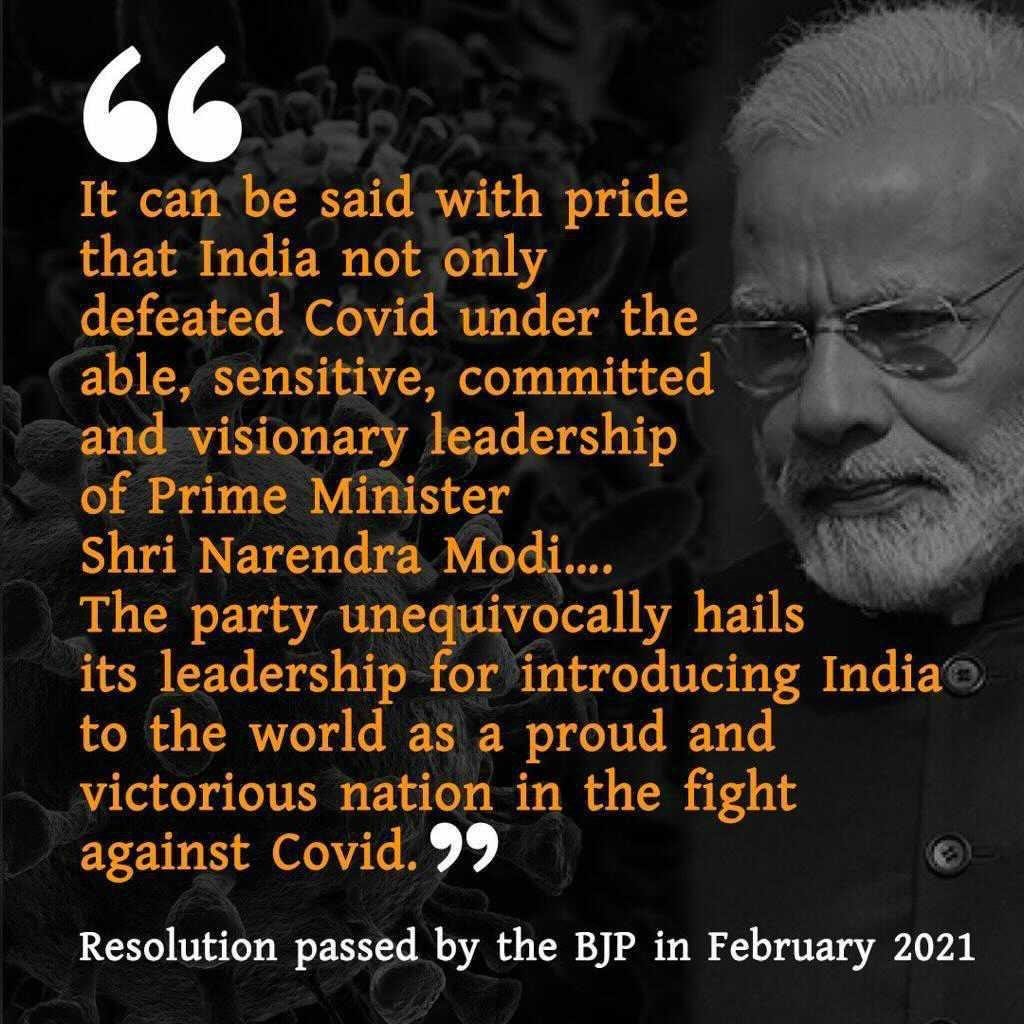
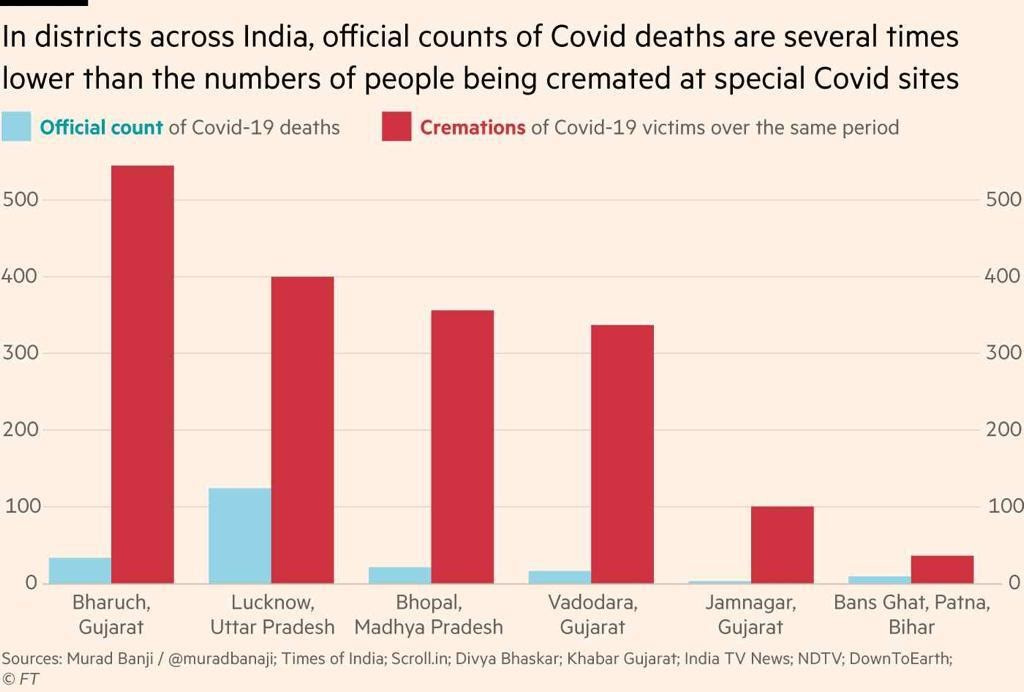

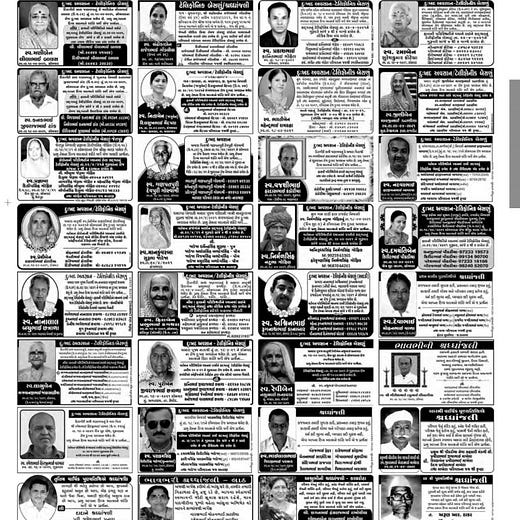
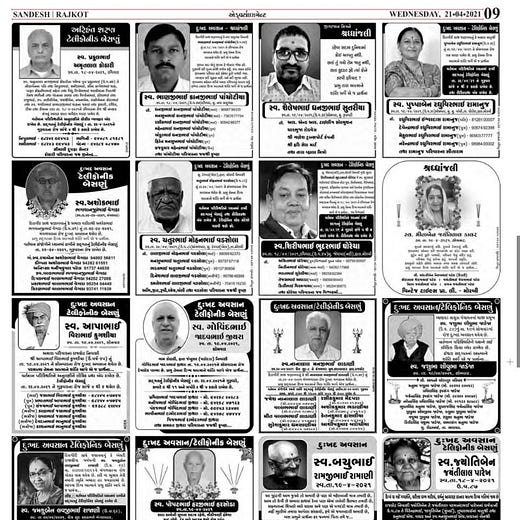
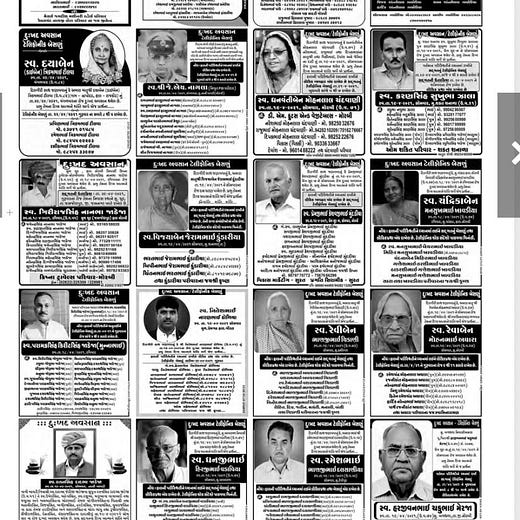
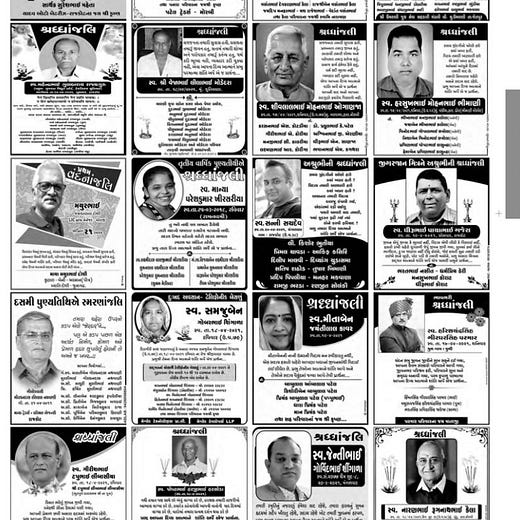


GREAT